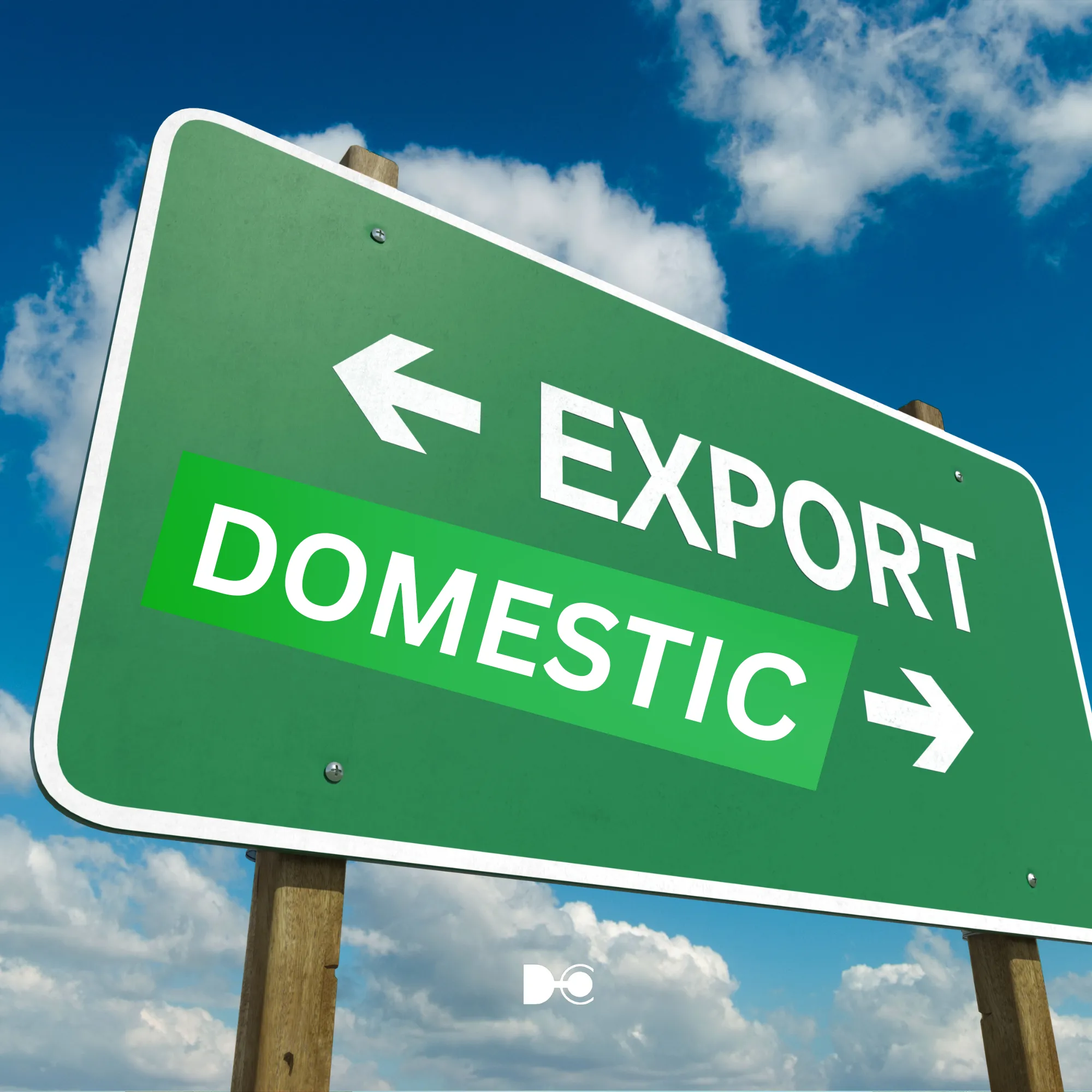Export products – or implicitly understood as delicious, standard products. When shopping, many domestic consumers often have a common mentality: “export products are delicious, high-quality products, the rest that do not meet international standards or pass the test are sold to domestic consumers.” This is a somewhat common and quite common thought in food products, agricultural products or consumer goods. But is it true that all export products are “good” and products for the domestic market are “not good”? And when businesses have difficulties in exporting, do consumers really have to bear these “grievances”?
Consumer Psychology: “Good for Export, the Rest for Domestic Use”
Surely many people have heard stories about shipments of fruits, seafood, or agricultural products that are carefully selected, packaged delicately, and then exported abroad. On the contrary, products for domestic consumers are sometimes not given as much attention. Therefore, many consumers feel a bit disappointed when looking at high-quality products on the international market, but not being able to experience them at home.

A typical example is the consumption of agricultural products: Grapefruits, watermelons or other fresh fruits in season are exported to large markets, leaving only the “drifting goods” to serve domestic demand. However, the consumption of “poor quality” products reduces consumer confidence in domestic products.
When Turbulence Happens: Businesses Call for Rescue – Consumers Are Put in a Difficult Position
When fluctuations from the international market occur, such as the US imposing tariffs on Vietnamese export products or global supply chain crises, exporting businesses face serious difficulties. At this time, they begin to call for product rescue, calling for support from domestic consumers to consume surplus products. However, consumers are not very interested, for many reasons.

First, consumers cannot feel satisfied when product quality does not meet expectations. The fact that exported products are no longer up to “standard” when returning to the domestic market makes many people feel dissatisfied. They are used to the fact that exported products are “the best quality”, and when there is a change, they cannot easily accept it.
Second, consumers feel frustrated when businesses “only care about international interests”, and when there is a problem, they come back to seek support from them. They feel that when the international market is stable, they are abandoned, and when there are difficulties, they are the ones who have to bear the consequences with the business.
What Should Businesses Do to Ensure Mutual Benefits?
When faced with such challenges, businesses need to review their strategies to both ensure international benefits and build trust with domestic consumers. Below are some solutions that businesses can apply to ease consumers’ “sadness”:
- Ensuring the quality of domestic products: Instead of focusing only on production for export, businesses need to pay attention to the quality of products sold domestically. Domestic products should not be considered “passed-on” but must have quality standards equal to those of export products. This will create satisfaction and trust for domestic consumers.
- Sharing transparent information: Businesses need to clearly inform about the production process and quality standards of products, especially when there is a shift from international markets to domestic markets. Consumers will feel more secure knowing that they are using products with guaranteed quality.
- Create opportunities for consumers to participate in product strategy: Instead of just calling for product rescue when facing difficulties, businesses need to create opportunities for consumers to participate in promotions, incentives, or campaigns to support domestic products. This not only helps businesses solve inventory problems, but also builds stronger connections with consumers.
- Building a sustainable domestic brand: Brands need to be built from values associated with quality products and understanding domestic consumers. A strong brand will help businesses maintain stability in the domestic market and ensure consumer support, not only in difficult times.
- Create opportunities for exchange, learning and enhancing product value: Businesses need to have exchange programs, connect with the domestic consumer community, and at the same time enhance product value by innovating products and improving consumer experience.

Conclusion
The “grievances” of consumers are not without reason, but they also reflect a major problem in the development strategy of enterprises. If enterprises want to build a strong and sustainable brand, they need to balance between caring for the international market and the domestic market. Domestic consumers deserve to be treated fairly and have the right to choose the best products, instead of feeling ignored or “given charity” when the export market is in trouble.











